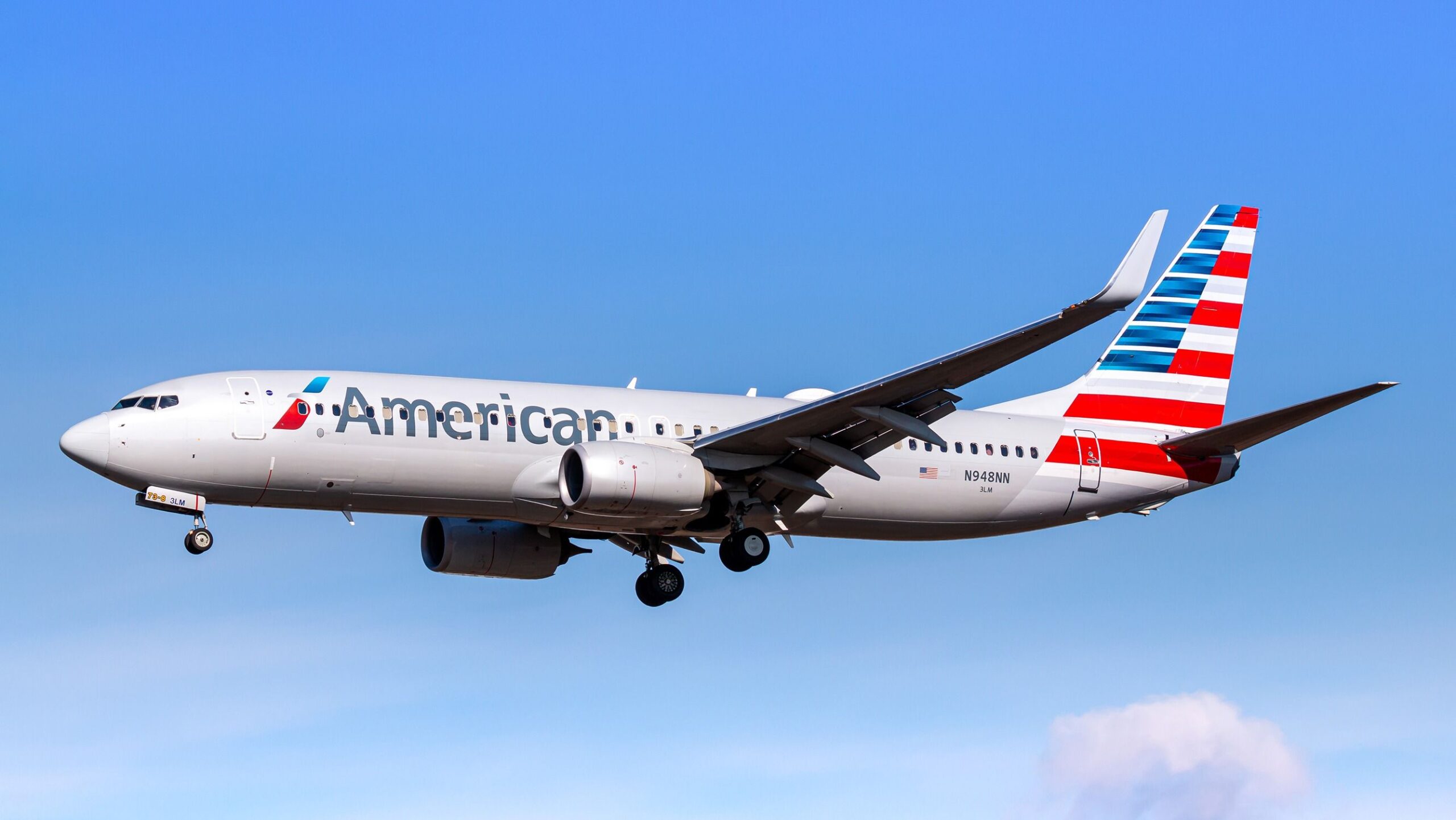Summary
- An American Airlines Boeing 737-800 has suffered a tail strike at Chicago O’Hare International Airport (ORD), forcing the pilots to attempt a second landing at the airport.
- The FAA confirmed the incident, noting that none of the occupants were injured during the incident.
- The airline has taken the aircraft out of service at least until June 9, three days after the tail strike happened.
An American Airlines Boeing 737-800 suffered a tail strike after it had landed at Chicago O’Hare International Airport (ORD), the Federal Aviation Administration (FAA) has confirmed. According to the regulator, none of the 108 occupants of the aircraft were injured during the incident.
Going around
According to the FAA, the aircraft involved in the incident was an American Airlines Boeing 737-800, registered as N916AN. The narrowbody jet was operating flight AA2715 from West Palm Beach International Airport (PBI) to Chicago O’Hare International Airport (ORD). Flightradar24 records showed that the aircraft made its initial approach at ORD at around 17:58 local time (UTC -5) on runway 28C/10C. At 17:59, the aircraft reached its lowest altitude during the landing attempt, with the flight tracking website’s data indicating that the Boeing 737-800’s calibrated altitude was 900 feet (274.3 meters) before it began climbing once again.
Photo: Vincenzo Pace | Simple Flying
Subsequently, the aircraft circled to the left to the south of ORD and climbed to an altitude of over 5,200 ft (1,584.9 m) as the American Airlines aircraft turned back to the airport for a second attempt at landing at ORD. However, this time, the Boeing 737-800 lined up to land on runway 27C/9C.

Related
8 Runways: The History Of Chicago O’Hare International Airport
Chicago O’Hare has grown as the main airport for the city as well as a hub for several airlines.
Tail strike on the initial attempt
It landed at ORD at 18:16 and proceeded to taxi to the gate area without stopping on the runway and/or any of the taxiways it had to cross. However, the FAA Aviation Safety Information Analysis and Sharing (ASIAS) system showed that the tail strike occurred at around 18:00, which would correlate with the Boeing 737-800’s first attempt to land at ORD.
The FAA detailed that 108 people were onboard the aircraft, split between 100 passengers, six cabin crew members, and two pilots. According to ORD’s Meteorological Aerodrome Report (METAR), the wind direction was 290, with speeds up to 20 knots and gusts up to 28 knots, with the METAR being published at 17:51.
Photo: Robin Guess | Shutterstock
While the ASIAS had no further information, Flightradar24 data showed that the aircraft is scheduled to fly out of ORD on June 9. American Airlines has scheduled the Boeing 737-800 to fly to Dallas Fort Worth International Airport (DFW) on flight AA2896, a regularly scheduled flight between ORD and DFW.

Related
Which Airlines Have Scheduled The Most Domestic Flights From Chicago O’Hare Airport In 2024?
More than 74 million passengers passed through Chicago O’Hare Airport in 2023.
24-year-old airframe
According to ch-aviation data, Boeing delivered the 737-800 to American Airlines on August 6, 1999. The aircraft operated its first flight on July 23, 1999, with ch-aviation estimating that the aircraft’s minimum retirement date could be December 2025. As of February 29, 2024, the aircraft had accumulated 65,184 flight hours (FH) and 26,794 flight cycles (FC).
Photo: Robin Guess | Shutterstock
While the average age of American Airlines Boeing 737-800 fleet is 14.6 years, N916AN is one of the oldest aircraft of the type within the airline’s operations. In fact, it is the 15th oldest 737-800, with the oldest Boeing 737-800 that the carrier still operates being N901AN. The manufacturer delivered that airframe on February 7, 1999.

Related
How American Airlines’ $30bn Bet Reduced Its Exposure To Boeing’s Fallout
While other airlines are explaining away poor financial performance with Boeing’s issues, American has made itself a cushion to fall back upon.




